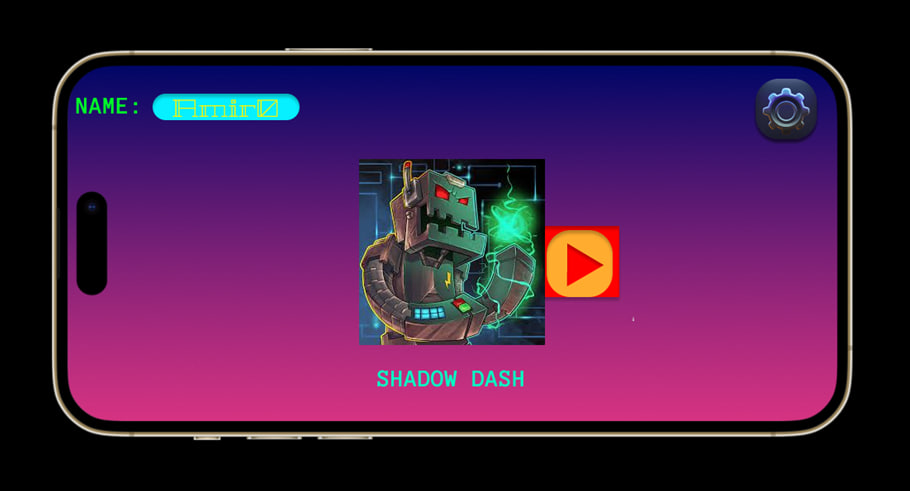In the dynamic landscape of education, fostering an early interest in STEM (Science, Technology, Engineering, and Mathematics) is now recognized as pivotal for shaping the future of young minds.
Our recent endeavor with a STEM club for fifth-graders unfolded a captivating exploration into mobile application design using the powerful tool, Figma. This immersive experience not only introduced the students to the intricacies of UI (User Interface) and UX (User Experience) but also empowered them to channel their creativity into crafting their own mobile applications. Let’s delve into the fascinating journey of these young innovators as they transitioned from sketches to digital realities.
The Genesis of Creativity:

The STEM club commenced with an introduction to the fundamental principles of mobile app design. Emphasizing the significance of prototypes in the development process, students were provided with a paper template to sketch their initial ideas. This initial phase aimed at instigating creative thought processes and laying the foundation for a comprehensive understanding of their app’s structure and flow.

Figma Tutorials: A Gateway to Design Mastery

Armed with their sketches, students were guided through a series of Figma tutorials. Recognized for its versatility and user-friendly interface, Figma became the digital canvas through which these fifth-graders translated their ideas into tangible designs. The tutorials covered everything from basic design elements to advanced features, fostering a sense of comfort and proficiency with the tool.
Designing the Future: From Sketches to Digital Realities:

Transitioning from paper to screen, students digitally transformed their sketches into functional app designs. Each participant meticulously crafted an app with 4-8 pages, prioritizing user experience at every stage. This phase not only refined their design skills but also instilled a sense of accountability for creating intuitive and user-friendly interfaces.
Connecting the Dots: Figma in Action:


A pivotal moment in the STEM club’s journey was the practical application of their skills in linking various elements of their apps using Figma’s interactive features. With a simple click, their creations came to life, providing a tangible manifestation of their newfound knowledge in UI and UX. This hands-on experience not only solidified their technical skills but also imbued a sense of accomplishment.


Icon Libraries:

During the app design phase, we discovered the efficiency of incorporating readily available icon libraries found online. Integrating these libraries into Figma not only streamlined the design process but also allowed students to enhance the visual appeal of their applications. This approach provided a valuable lesson in leveraging existing resources to optimize creativity and functionality.
Optimizing Our Approach: Reflections on Enhancements for Future STEM Initiatives
STEM education for young students is paramount in cultivating critical thinking, problem-solving, and collaborative skills. By engaging in hands-on projects like mobile app design, students not only acquire technical expertise but also develop a mindset that fosters innovation—a skill set essential for navigating the challenges of an ever-evolving world.
In reflecting on our STEM club experience, we found that the broad scope of topics allowed for a wide range of creativity. However, we observed distinct preferences among the students. Most boys gravitated towards designing games familiar to them, while girls leaned towards creating social media applications with features like chatting and video calling. For future sessions, providing more specific topics could help balance the variety of projects and encourage a diverse range of interests.
Our journey into mobile app design with Figma in the Grade 5 STEM club was not just a project but a testament to the transformative power of STEM education. By infusing creativity with technology, these young minds not only acquired valuable skills but also developed a mindset that embraces innovation and problem-solving. The insights gained from this experience will undoubtedly shape the future iterations of our STEM initiatives, fostering an environment where every student can explore, create, and thrive in the dynamic world of STEM.
